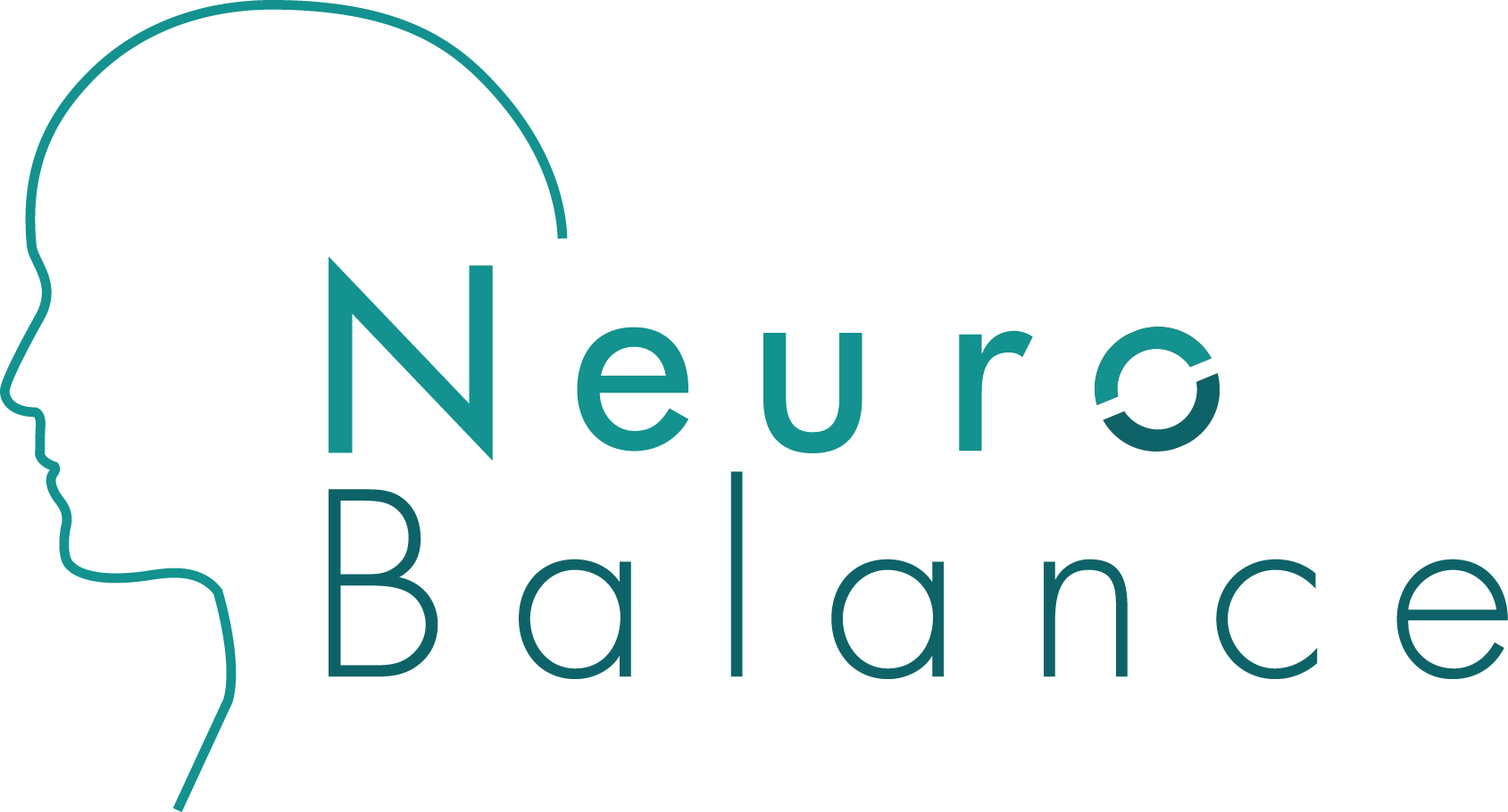Celebrating 100 Years of EEG and How it Transformed Neuroscience
Electroencephalography (EEG) has been a pivotal technology in neuroscience, marking a century of significant contributions to our understanding of the brain. This non-invasive technique records electrical activity in the brain through electrodes placed on the scalp, providing invaluable insights into brain function, diagnosing neurological disorders, and even enhancing cognitive abilities. In this article, we will explore the origins and development of EEG, highlight the key figures who advanced this technology, and discuss its current applications and future potential.
The Pioneers of EEG
The story of EEG begins with Hans Berger, a German psychiatrist. On July 6, 1924, Berger recorded the first EEG on a human, a pivotal moment in neuroscience. Despite initial skepticism from the scientific community, Berger's perseverance paid off. He published his findings in 1929, revealing the brain's electrical activity patterns, which he called "alpha waves"—oscillations in the 8-12 Hz range.
Berger's work laid the foundation, but it took years for EEG to gain widespread acceptance. His persistence eventually earned him a nomination for the Nobel Prize in 1940, though the award was not given that year due to World War II (Popular Science) (Bowdoin College).
EEG's Major Contributions
EEG has been a cornerstone in various areas of neuroscience:
Neural Oscillations: Berger's discovery of alpha waves opened the door to understanding neural oscillations. These rhythmic patterns are crucial for communication between brain regions. For instance, theta oscillations (4-8 Hz) play a key role in memory processes (Popular Science).
Diagnosing Disorders: EEG is widely used to diagnose conditions like epilepsy and sleep disorders. Its ability to detect abnormal brain activity makes it an invaluable tool in clinical settings (Mirage News).
Sleep Research: EEG has significantly contributed to our understanding of sleep cycles and disorders. By analyzing brain waves during different sleep stages, researchers have uncovered the mechanisms behind sleep patterns, REM sleep, and disorders like insomnia and sleep apnea (Mirage News).
Brain-Computer Interfaces (BCIs): EEG technology has paved the way for the development of BCIs, which allow direct communication between the brain and external devices. This innovation holds promise for individuals with disabilities, offering new avenues for controlling prosthetics and other assistive technologies (Popular Science).
Monitoring Anesthesia: EEG is used to monitor brain activity during surgery to ensure patients remain adequately anesthetized. This application helps prevent awareness during surgery and improves the safety and effectiveness of anesthetic practices (Popular Science).
Neurofeedback: EEG-based neurofeedback therapy trains individuals to regulate their brain activity. This technique is used to treat various conditions, including ADHD, anxiety, and PTSD, by promoting healthier brain function (Popular Science) (Mirage News).
Types of Neurofeedback
Neurofeedback, also known as EEG biofeedback, involves training the brain to improve its function. Here are some of the main types of neurofeedback used today:
Amplitude Neurofeedback: This method focuses on increasing or decreasing the amplitude of specific brainwave frequencies. For instance, enhancing alpha waves to promote relaxation or reducing beta waves to alleviate anxiety. Sessions involve real-time monitoring of brainwaves and providing feedback to help the patient adjust their brain activity (Popular Science).
Frequency/Power Neurofeedback: This approach targets specific frequency bands, such as delta, theta, alpha, and beta waves. It aims to balance the power across these frequencies to address issues like attention deficits, sleep disorders, and mood disturbances. For example, increasing theta waves can enhance creativity and memory (Bowdoin College).
Slow Cortical Potential (SCP) Neurofeedback: SCP neurofeedback trains individuals to control slow cortical potentials, which are slow shifts in electrical activity in the brain. This method is effective for conditions like epilepsy and ADHD, helping patients stabilize their brain activity to reduce symptoms (Mirage News).
Z-Score Neurofeedback: This technique compares an individual's brain activity to a normative database, providing a "Z-score" that indicates how far their brain activity deviates from the norm. The goal is to guide the brain towards more optimal functioning by correcting these deviations (Bowdoin College).
Low Energy Neurofeedback System (LENS): LENS uses low-power electromagnetic fields to stimulate the brain and facilitate changes in brainwave patterns. This method is often used for conditions like PTSD, depression, and traumatic brain injury. It’s known for producing rapid improvements with minimal conscious effort from the patient (Popular Science).
Live Z-Score Training: This advanced form of Z-Score Neurofeedback provides real-time feedback on multiple brainwave frequencies simultaneously. It aims to optimize brain function by targeting multiple areas of dysregulation at once, making it effective for complex conditions like autism and severe anxiety (Mirage News).
The Present and Future of EEG
Today, EEG continues to evolve. It's used not only for diagnosing and treating brain disorders but also in innovative ways like enhancing virtual reality experiences and creating wearable devices for cognitive enhancement at home (Bowdoin College) (Mirage News).
Looking ahead, the possibilities seem endless. Imagine affordable, wearable EEG devices that help us improve focus or manage stress in real-time. Researchers are also investigating how EEG can guide personalized treatments for brain disorders, making mental health care more effective and accessible (Popular Science).
Conclusion
As we celebrate 100 years of EEG, it's clear that this technology has profoundly impacted neuroscience. From Hans Berger's early experiments to today's cutting-edge applications, EEG has helped us understand the brain's mysteries and improve countless lives.
-A Balanced Brain is a Better Brain for a Happier Life-
